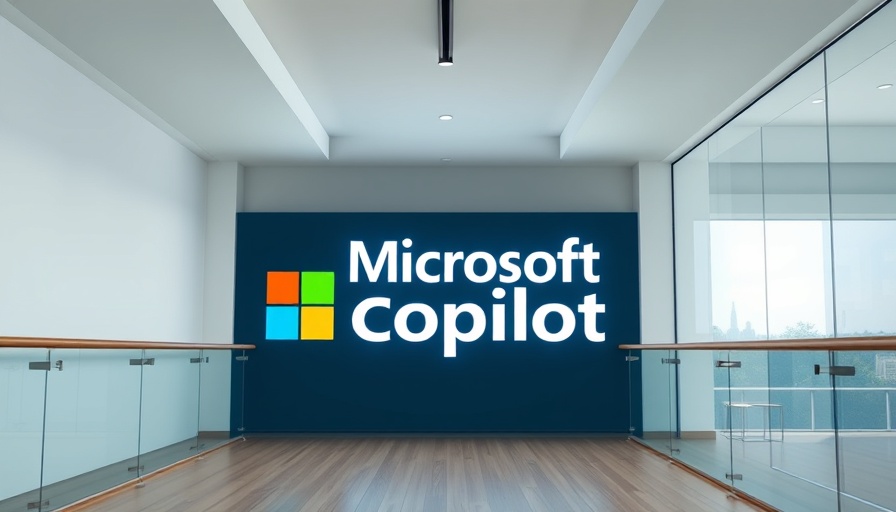
Microsoft 365 Copilot: Revolutionizing Your Daily Workflow
In a world where information overload can hinder productivity, Microsoft is introducing two new AI agents to elevate the way we work within the Microsoft 365 suite. The Researcher and Analyst agents aim to transform daily processes by providing personalized support and advanced functionalities, ensuring that organizations maximize efficiency and effectiveness in their operations.
The Researcher Agent: Elevating Research Capabilities
Microsoft's Researcher agent is designed to streamline the research process, a task that can be both tedious and time-consuming. By employing OpenAI's latest Deep Research model, this agent is capable of sifting through extensive data sources—from internet articles to internal emails—to deliver comprehensive reports enriched with context from various platforms like Teams, SharePoint, and Outlook. Imagine a quarterly report that not only extracts data from your emails and calendar but also provides insights from platforms such as Salesforce. This combination of web-sourced information and organizational data could save hours of manual labor, demonstrating the true power and potential of AI in the workplace.
How the Analyst Agent Transforms Data
The Analyst agent, built on OpenAI's o3-mini reasoning model, offers a compelling advantage in handling complex data queries. Rather than merely presenting data, it engages in step-by-step processing, breaking down complex problems akin to how human data scientists work. This capability allows users to monitor the analysis in real time, fostering learning and proficiency in data interpretation. This kind of transparency nurtures trust in the AI's capabilities while equipping users with knowledge they can apply to future projects.
The Role of AI in the Future of Work
As organizations increasingly adopt AI-driven tools, the integration of intelligent agents like Researcher and Analyst underlines a significant shift towards a data-centric work environment. This transition invites a deeper discussion about the future of work. Will traditional jobs evolve, or will some roles become obsolete? Experts suggest that as AI becomes more integrated into daily workflows, adaptability and a willingness to learn will become essential skills for professionals.
Implications for Businesses and Professionals
With the impending rollout of these AI agents, organizations need to prepare for a wave of innovation that could redefine their operational strategies. The personalized support offered by these agents can lead to improved team collaboration, enhanced productivity, and the potential for more strategic decision-making based on data-driven insights. However, businesses must also be cautious about reliance on technology, ensuring that human oversight remains integral to operations.
Conclusion: Embracing AI Opportunities
As Microsoft rolls out the Researcher and Analyst agents in April, professionals have an exciting opportunity to explore these advanced tools. Organizations must seize this moment to rethink their workflows and invest in training to leverage AI capabilities fully. By embracing these developments, they can streamline processes, improve data analysis, and ultimately foster a more agile workplace.
Keeping up with AI developments is crucial for future success, so continue to explore how these innovations can enhance your workflow. Sign up for our newsletter to stay updated on the latest in AI technology!
 Add Row
Add Row  Add
Add 




 Add Row
Add Row  Add
Add 

Write A Comment